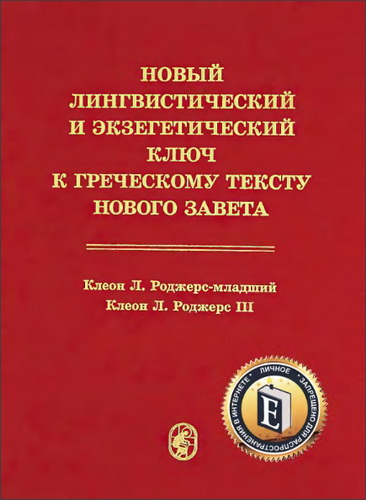
Harris - Nelson’s Foundational Bible Dictionary - модуль BibleQuote
Harris - Nelson’s Foundational Bible Dictionary
Nashville: Thomas Nelson, World Publishing, 2004. – 768 p.
ISBN-13: 978-0718013967
For thousands of years, the Bible has fascinated, puzzled, and inspired the human race. It has sold more copies and been translated into more languages than any other book. It is read by the devout and the skeptical, believers and seekers, those who base their lives on its words and the merely curious. It carries a message so simple that a little child can grasp its meaning, and yet it is so deep and wide and high and long that the most brilliant person can spend a lifetime studying it and never plumb its depths.
The Bible was written for people to read, to ponder, and to understand. The message of God’s love for humans transcends time, culture, and language; it comes through loud and clear. Nevertheless, readers of the Bible are often left with questions. The names sound strange to our ears, the geography is often unfamiliar, and we ask, “Who was this person? Is he mentioned somewhere else in the Bible?” “When did this happen?” “Where did it happen?” “Is this a real city?” “Why did this matter enough to write it down?”
Nelson’s Foundational Bible Dictionary seeks to answer questions like these, and many more. Included are summaries of each book of the Bible, a biographical sketch of the human author, historical background information concerning the time the book was written, and an outline of the structure of the book. Every person mentioned in the Bible can be found, with a selection of biblical references and pertinent biographical information. The many animals and minerals in the Bible are listed and defined, and the modern equivalents of ancient geographical names are given where possible. Many key theological terms, which may or may not be specifically mentioned in the Bible, are also listed, with discussions of their various meanings and interpretations. Common household items and occupations are included, with cultural and historical information about life in ancient times. The spelling of names and places follows the King James Version.
Nelson’s Foundational Bible Dictionary is designed to be a practical, easy-to-use reference tool for ordinary people. Without being exhaustive, or trying to take the place of a concordance, it gives the reader a wide, comprehensive source for answering the “Who?” “When?” “Where?” and “How?” questions that come up when reading God’s Word.
* * *
CHEESE
CHEESE
It is mentioned only three times in the Bible (1 Sa 17:18; 2 Sa 17:29; Job 10:10). How the Hebrew terms translated “cheese” correspond with what is known as cheese today is not certain. Since milk does naturally curdle when it is left in a warm place for several days, there is every reason to suppose that people have been making cheese of some kind as long as they have been drinking milk. As cheese is now made in the East, it is in the form of white round cakes. The Tyropean valley of Jerusalem, literally translated, is the Cheesemaking valley, it seems that cheesemaking was a fairly significant industry.
HAMSTRING
HAMSTRING
On a human, the group of tendons reaching from the back of the knee to the muscles of the upper leg; on an animal, the tendon directly above the hock. To “hamstring” means to cripple by cutting this tendon. After a battle, the conquerors would sometimes hamstring the enemies’ horses in order to make it impossible for the army to recover or to escape (Jo 11:6, 9; 2 Sa 8:4; 1 Ch 18:4).
MILL
MILL
A tool for grinding grain into flour, usually between two stones. Mills were in use at an early period (Ge 18:6). One type of mill consisted of two circular stones about eighteen inches in diameter and three or four inches thick. The surface of the lower stone was slightly convex, while the upper was concave so that the one fitted into the other. The upper revolved about a peg in the center and into this hole the grain was dropped. An upright piece was placed near the edge by which the upper stone was turned. The work was usually done by women (Ec 12:3; Ma 24:41), by slave women (Ex 11:5; Is 47:2) and by prisoners (Ju 16:21).
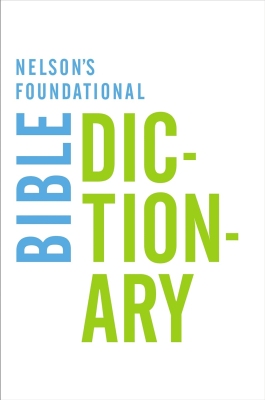

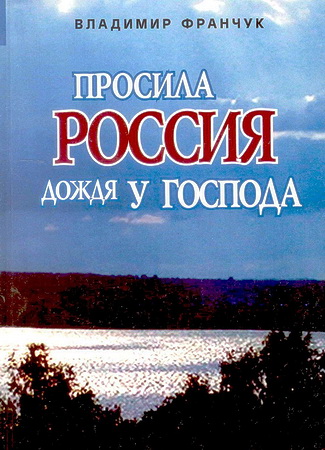
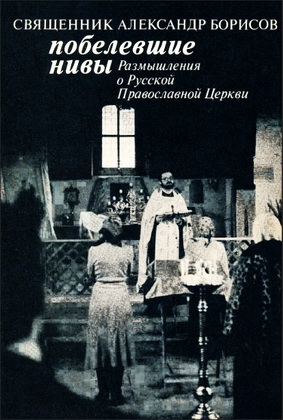
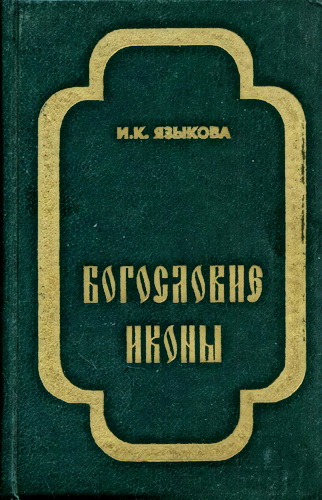
Комментарии
Пока нет комментариев. Будьте первым!